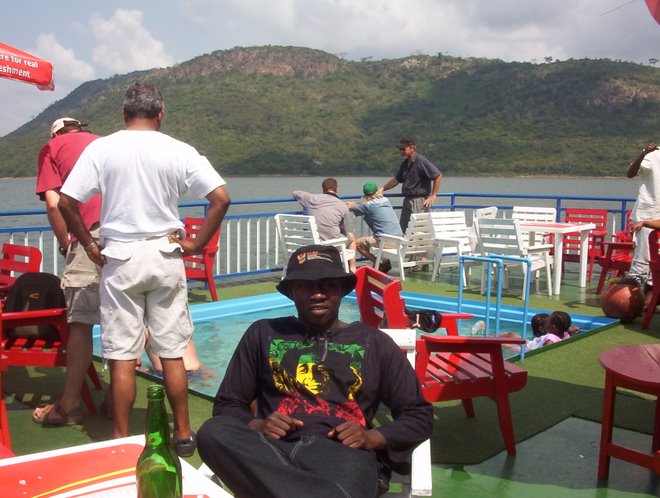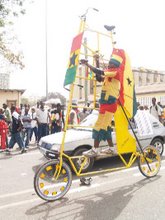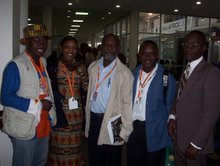An Environmental Impact Assessment (EIA) scoping report had been submitted to the Environmental Protection Agency (EPA) so as to help pave the way for the construction of the plant to generate between 30 and 52 megawatts of electricity from garbage in Kumasi.
The almost US$136 million project is expected to generate energy from the Kumasi Metropolitan Assembly’s (KMA’s) landfill site at Oti to serve the Kumasi metropolis, depending on the volume of waste supplied to the landfill site per day.
The gas from the waste materials will be used to generate energy.
Cinergex Solutions is the sole financier of the project, excluding Value Added Tax (VAT), and is expected to use 14 months to construct the plant, when actual construction work begins.
The project is to be on a build-operate-and-transfer (BOT) basis and as a result Cinergex has consequently signed a power purchase agreement (PPA) with the Electricity Company of Ghana (ECG).
The electricity produced by the waste-to-energy plant will supplement the ECG’s power supply from the Volta River Authority (VRA) for the Kumasi metropolis.
Mr Anthony Mensah, Director of Waste Management at the KMA who was responding to a question on the progress of work on the project in an interview with the Daily Graphic said the financiers of the project have gathered and analysed all relevant information on the proposed undertaking to determine the likely consequences if the undertaking was implemented and has forwarded it to the EPA.
He said the EPA which was currently reviewing the report was expected to issue a provisional permit to pave way for constructional works on the project.
Asked why the EPA permit had delayed as of now, Mr Mensah said the financiers initially assumed that the EPA permit covering the landfill site would have covered the plant only for them to realise later that they needed a whole new permit for the plant.
He said consultants have been commissioned to prepare the two phases of environmental impact assessment reports, that of the scoping and final reports.
He said the scoping report was ready and had been submitted to the EPA for review leading to the issuance of a provisional permit after which the final report would be sent for the final permit.
Mr Mensah said his understanding was that once the provisional permit was issued, the financiers of the project would release funds for the purchase of the components of the plant for onward shipment to Ghana from the United States of America (USA) and Canada respectively.
He said the plant itself entails a lot of pre-fabricated components which would be mounted on a concrete sub structure.
The Waste Management Director said the financiers have since engaged a surveyor to assess where the plant would be mounted at the land fill site.
President John Agyekum Kufuor performed the sod-cutting ceremony at the project site in May 2007. Prior to that, the government, through the Ministry of Local Government, Rural Development and Environment, and the KMA signed a contract with the contractors, Cinergex Solutions Limited from Canada in November 2006 for the construction of the plant.
The energy to be generated by the plant would depend greatly on the volume of waste supply to the landfill site and, according to experts, 500 tonnes of waste per day will generate 12 megawatts of electricity, 1,000 tonnes will produce between 30 and 52 megawatts of power, while 1,600 tonnes of waste per day will produce a maximum of 60 megawatts, which happens to be the maximum capacity of the plant.
The Kumasi metropolis currently generates about 1,200 tonnes of waste per day.
It is the desire of the KMA to liaise with other assemblies nearby to supplement and complement its waste requirements so that the plant could operate at full capacity.
The issue of waste collection and sanitation in general had been a major challenge for local authorities and that it was good news that energy could now be generated from waste in Ghana.












































